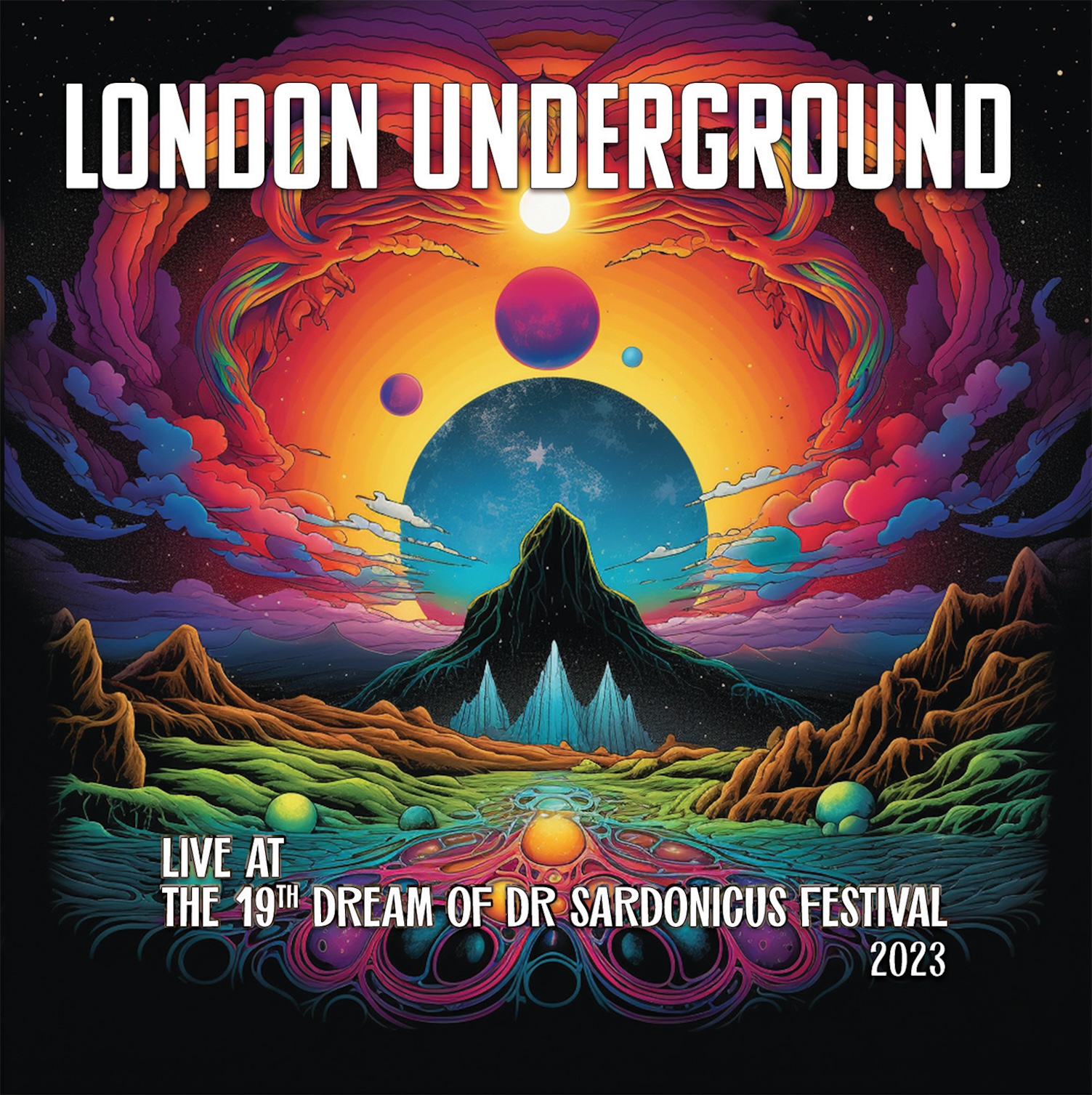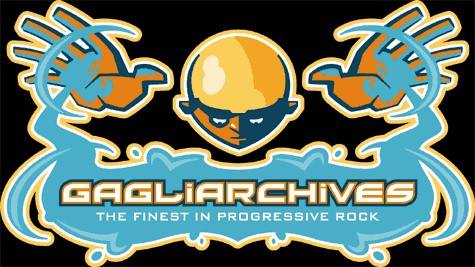 While I was tuning in to my usual prog radio staple, the Friday Night Progressive station, I was immediately and unexpectantly surprised by the first few and very familiar notes of one of my all-time favorite prog tracks, Brian Auger’s Oblivion Express rendition of a Wes Montgomery classic, “Bumpin’ On Sunset”. I proceeded to download this album on the bandcamp page and inserted this into my collection before the last note was played! And writing this review the next morning! This is the effect the legendary Hammond organ has on a true prog fan, I guess. This is a polished Italian crew led by keyboardist Gianluca Gerlini, ably assisted by fretboard master Alberto Capelli, as well as the rhythmic pulse of bass man Stefano Gabbani and drummer Andrea Dilillo.
While I was tuning in to my usual prog radio staple, the Friday Night Progressive station, I was immediately and unexpectantly surprised by the first few and very familiar notes of one of my all-time favorite prog tracks, Brian Auger’s Oblivion Express rendition of a Wes Montgomery classic, “Bumpin’ On Sunset”. I proceeded to download this album on the bandcamp page and inserted this into my collection before the last note was played! And writing this review the next morning! This is the effect the legendary Hammond organ has on a true prog fan, I guess. This is a polished Italian crew led by keyboardist Gianluca Gerlini, ably assisted by fretboard master Alberto Capelli, as well as the rhythmic pulse of bass man Stefano Gabbani and drummer Andrea Dilillo.
“Billy Silver” is an original composition that seeks to extol the virtues of the dreamy e-piano, lusciously enhanced by swirling synthesizer puffs, setting up the platform for the surly Hammond to electrify the crowd with its arousing resonance. Capelli gets his turn to dazzle with some scintillating runs, while Gabbani carves like a madman, in league with the thrilling percussive exploration. A very smooth landing as the finale settles the score.
The glimmering “Ray Ban” reexamines the legendary style of Booker T and the MGs, what with that thrifty organ pouncing around like a sunglass-wearing panther, the insistent electric guitar picking its spots, swerving over the bass furrow that seeks only acceleration. This has a groove that just nails it!
How about a little wink and nod to another famous organ donor, Vincent Crane of Atomic Rooster and his “Fanfare”, sounding like Keith Emerson’s partner in ivory crime, while DiLillo does his Carl Palmer routine convincingly. Rousing, to say the least.
The immediately recognizable John Barry theme for “Midnight Cowboy” is next, a masterful rendition that chooses to provide a greater sense of panorama and depth to the piece, clearly infusing that magical Hammond deep into the cinematic atmosphere. The rhythmic duo also shines brightly, with complex fills and relentless bass movements. The Capelli guitar shrieks dramatically, as if an entire posse was chasing him down, threatening a lynching! The main theme resumes the ability to convince with exceptional restraint.
Next stop, a 1963 jazz standard, the playful “The Jive Samba” from saxophonist Nat Adderly, an eclectic fusion of crisscrossing themes, all expertly woven but using the organ and the electric guitar as the main two protagonists, with Gerlini doing an incomparable speed job on his ivories. The perfect union of melodic style and technical prowess, expressing talent and instrumental control.
Sounding very much like an early James Bond soundtrack slice, the original composition “Honey Drops” has that pulsating sense of danger and mystery, ideally suited for a wide palette of moods, from trepidation to escapism. The lead guitar solo is relentlessly thrusting, the bass and drum tandem muscularly athletic, and the underlying organ flurry shoving the action sequence along. Breathtaking and exhilarating instrumental madness.
Then, we finally arrive to the eternal majesty of the 11 minute and 22 second epic “Bumpin’ On Sunset”, a Prog Rogue staple ever since buying the vinyl album “Straight Ahead “in the fall of 1974 and utterly in love with this piece of music. For Gerlini to shine on par with the master Brian Auger is more than enough credit, a world class display of keyboard prowess. On this magical 2023 live version, the mood is therefore slightly more effusive, the bass and drums upfront and powerful. Another difference is that the guitar spot is also more in your face, as John Mills kept things moodier, while Capelli shows of a more Steve Cropper-like feel for his axe, which suits this in-concert purpose fully. The outro is also way more rambunctious than the original, so one fan like me can get full value by loving both versions equally!
A Jimmy Smith (organ) and Wes Montgomery (guitar) classic, “13 Death March” is a track that is often referred to as a dynamic interpretation of how a Hammond should sound like and how electric guitar technique was elevated by a genius such as Wes, an absolute pioneer and mentor for the many great guitarists to follow (Clapton, Akkerman, Hendrix, Satriani, Stevie Ray Vaughan etc…). Our Italian crew are outright reverential in their display of feel and emotion, showcasing blistering playing with impeccable pitch, melodic intent with dense dynamics, a real treat for the progressive fan out there.
Another longer original piece from Gerlini is the rambling powerhouse of “What I Say”, a massive mechanical beast of rhythmic fury and sonic insanity. The metallic organ tones are insistent to the point of mania, literally like an artillery barrage of sound, unforgiving and relentless. Almost hard-rock jazz, in an improvised jam session. The electric guitar in particular takes over and sets the controls to the heart of delirium, vaulting this London Underground spacecraft into the farthest realms of the universe. When Gerlini latches onto the cosmic furrow, he spares no astronautical prisoners, combining his efforts with the wild psychedelic guitar, in a double-edged onslaught that defies description. Priceless.
Another well-known Brian Auger masterpiece, the brilliant “Tropic of Capricorn” is the breathless finale of what must have been a real fun concert. Clocking in at nearly 10 minutes, just like the previous track, it acts as an encore, with lots of pleading from the vocally enthused audience. After a typical pro-rock intro with synths flirting with orchestral abandon, and drums pounding the pavement, the main theme gets into gear and settles in for the ride. The feline guitar meows uncontrollably, fussy but with cause, as Capelli presses and caresses the strings, flickers and flutters all over his neck. What better way to finish up a live performance than a mini drum solo, expertly provided by Andrea Dilillo that shakes you all over. And suggests exuberant applause for the experience.
Absolutely thrilling instrumental genius, that comes very highly recommended.
5 Chelsea metros








